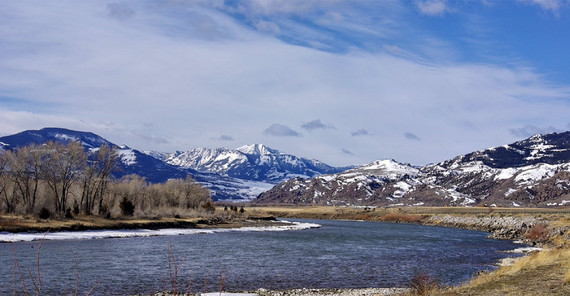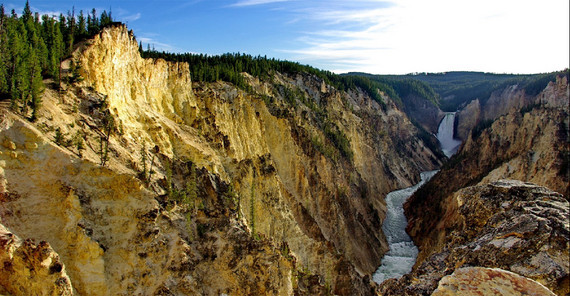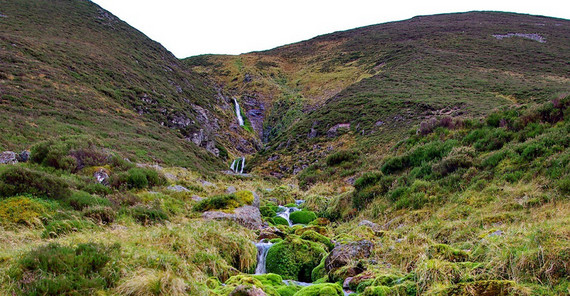Global water models are indispensable for our understanding of the water cycle – especially when it comes to the effects of climate change. Our society currently experiences many of these consequences in the form of water extremes, such as increasing droughts and floods, which pose a threat to people and ecosystems. But the general availability of water is also changing, e.g. soil moisture, which is relevant in the agricultural sector, or groundwater recharge, which is important for the sustainable use of groundwater resources.
However, conclusions about these changes drawn with the help of global water models are still uncertain at the moment, because the results of various models can differ significantly. These inconsistencies have so far been insufficiently quantified and previous evaluation approaches have provided little information on how the models can be improved. For the first time, the new study uses large-scale relationships between climatic and hydrological variables, including precipitation and groundwater recharge, to show differences between the models and in comparison with measured data. Lead author Dr. Sebastian Gnann, who worked on the study during his time in Potsdam, said: “In measured data, for example, we see a strong connection between precipitation and groundwater recharge over the African continent. Not all models represent this connection correctly and we need to understand how realistic different model results are.”
Connections between climatic and hydrological variables – known as functional relationships – provide an overview of how the global water cycle works. To what extent is groundwater recharge dependent on precipitation and how strong is the influence of other factors, such as geology? Answers to such questions are tremendously important, but they are missing for many areas of the earth, which the inconsistencies between the models also reflect. In addition to groundwater recharge, inconsistencies are particularly great in processes that describe the energy balance on the land surface, as well as in dry and cold regions in general.
Prof. Thorsten Wagener, co-author of the study, explains: “We are looking for new methods to evaluate these immensely important models, which, on the one hand, inform decision-makers about how reliable the model results are. On the other hand, they should also help model developers improve their models. If we can better quantify the robustness of the model predictions, the relevance and usefulness of these models will also increase.” Functional relationships offer the potential for fundamental advances in global hydrology and should be a new focus of hydrological research, especially model evaluation.
Link to publication: Gnann, S., Reinecke, R., Stein, L. et al. & Wagener, T. Functional relationships reveal differences in the water cycle representation of global water models, Nat Water (2023), doi.org/10.1038/s44221-023-00160-y
Images: Global water models have to simulate a wide variety of hydro-climatic regions. This includes snow-dominated mountain regions, valleys with strong geological influences, and rolling hills. Image rights: Florian Nippgen
Contacts:
Dr. Sebastian Gnann, Institute of Hydrology, University of Fribourg (formerly University of Potsdam)
E-mail: sebastian.gnannuhydrologie.uni-freiburgpde
Junior Prof. Dr. Robert Reinecke, Institute of Geography, Johannes Gutenberg University Mainz (formerly University of Potsdam)
E-mail: reineckeuuni-mainzpde
Prof. Thorsten Wagener, Ph.D., Institute of Environmental Science and Geography, University of Potsdam
Phone: +49 331 977-230137
E-mail: thorsten.wageneruuni-potsdampde
Media information 28-11-2023 / No. 124



